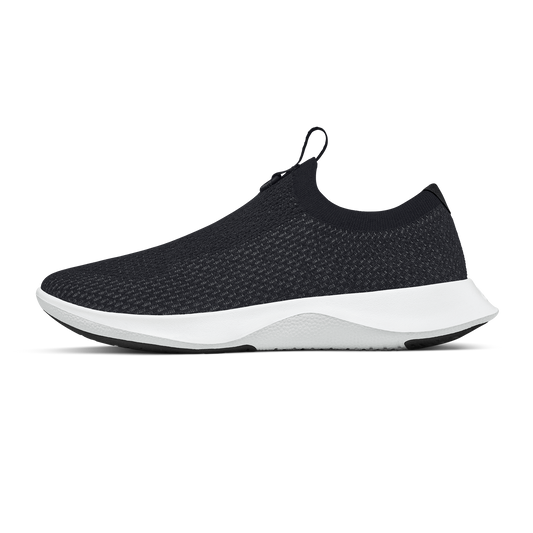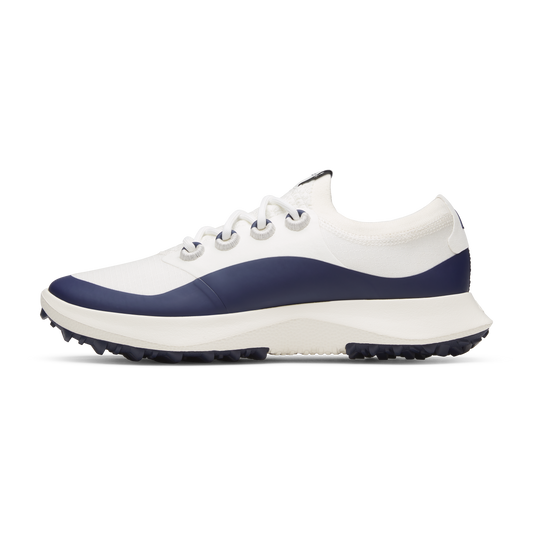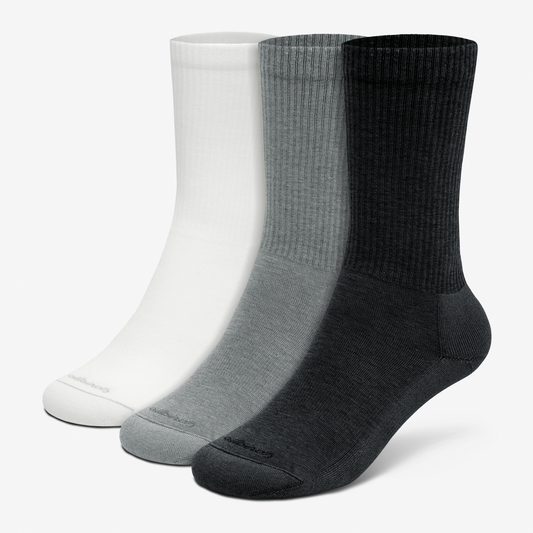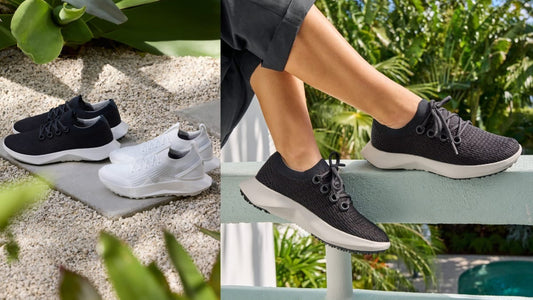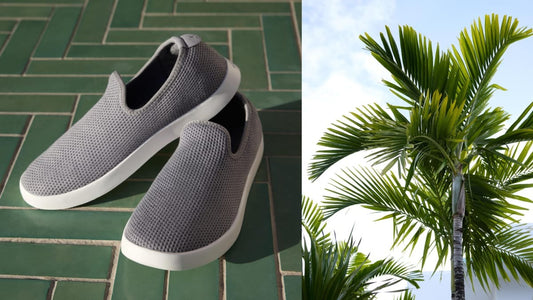Tired of running in a concrete jungle? Trail running is a great way to stay in shape and get some much-needed time in nature. But it does come with some major differences from running on roads and sidewalks.
But wait—who goes running on trails, and what does “ trail running” even mean? Are these people just mountain bikers who blew out their tires? Are they urban runners who simply made a wrong turn and kept going?
Let’s start with the basics and go from there.
What is trail running?
Trail running is just that—running on trails. Most of the time, trail running involves running on hiking or even mountain bike paths, but it can also mean simply running off-road. As in, off the pavement, off the track, and away from any other kind of surface intentionally made by humans (you get the idea).
Depending on where you live, you’ll find trails that wind through mountainous areas, across fields, over hills, through the woods, and over small creeks. You may find yourself stopping to take photos, check out some wildlife, or just appreciate the natural world around you.
Trail running for beginners
Don’t worry, you don’t have to be a running aficionado or hiking expert to get started with trail running. That said, there are some tips that will help you get started hitting the trails.
Step 1: Find a great trail
Let’s start with the obvious. Unless you happen to live in a picturesque village in the Alps, you’ll probably need to locate a good local trail. In most cases, this can be easily accomplished with a quick internet search for state parks or nature reserves. You can also look up running groups and clubs on social media to ask for recommendations.
Check the park’s website for open days, any park fees, and the trail status. If there’s been a lot of rain or flooding, trails may be closed for a short time.
Step 2: Learn the route
After you’ve pinpointed a trail to run, it’s a good idea to take the time to study the area and plan a route to take. If you’ll be out of cell phone range, download the trail map so you’re not depending on a signal to find your way.
Step 3: Dress right
Pay close attention to the weather forecasts and dress for the conditions. If things are on the verge of being wet or chilly, be sure to bring some light layers that help protect from ticks, too, like the Performance Quarter-Zip Long-Sleeve (men’s or women’s), plus a hat to protect your head and face from sunburn.
Step 4: Hydrate And Refuel
Eat and drink before and after your run. How much you consume will depend on the conditions, the length of the run, and your fitness level. If things are looking hot and humid, it’s better to bring some sort of electrolyte replacement, even if it’s just a packet you can put in a water bottle. A protein bar is always a quick and easy snack to have on hand, too.
Step 5: Keep your eyes underfoot
This is a big one. With road running, you can usually keep your eyes ahead without worrying too much about the terrain.
Trail running, however, needs your full attention. Between obstacles like holes, roots, rocks, and stray branches, you’ll want to maintain a pretty constant eye on your footfalls. As tempting as it is to take in the scenery, glancing around at the wrong moment could result in a sprained ankle or a face full of dirt. (Every trail runner has done it!) If you want to admire the view, it’s better to stop for a moment and have a look until you’re ready to keep going.
How to go from street running to trail running
Avid pavement runners, listen up! If you’re in the mood to try a different kind of challenge out on the trails, here are some tips for beginner trail running.
Don’t be too ambitious: It can be tempting to assume you can run the same distance or pace on a trail that you can on the road, but that’s probably not the case. Many more factors are at play when you’re running off-road, so just take your time and enjoy the trek into the outdoors.
Take a second to prep: Take a layer of clothing to keep off the chill, make sure your fitness watch or app tracker is turned on and tracking your location, and let someone know where you’re planning to run. If you get hurt or lost, it’s better if someone knows your current whereabouts.
Map it out: Review the trail map before you go and choose which trails you want to try, but keep an eye on distance! Running around a beautiful mountain lake might seem perfect, but if it’s 2 miles longer than you normally run, you might find yourself exhausted on the far side of a very wide lake.
Enjoy the view! One of the main reasons to take up trail running is to enjoy the outdoors, so always take time to take in your surroundings and the views when they come—whether that’s spotting a herd of deer in the distance or watching the sunrise hit its peak over the mountain.
Consider a partner: Whether that’s a fellow runner or an eager doggo, trail running with a partner can be a bit safer when you’re out in the middle of a nature preserve.
What to look for in trail running shoes
Yes, you can wear running shoes on trails, but there are some key differences. Here’s what to prioritize in your new pair of off-road runners.
Support & Stability: Running on inconsistent terrain means you’ll need ample arch support and stability to ensure solid footing and powerful strides regardless of the trail conditions or incline.
Grip: Your new trail running shoes need added grip to handle everything from loose dirt to slick rocks and boulders.
Breathability: Road running shoes need a high level of breathability to ensure proper ventilation, preventing the buildup of moisture and humidity (and chafing). Trail running shoes are no different! Don’t purchase trail running shoes that make your feet feel like they’ve been locked in a sauna.
Comfort: No one wants to run in uncomfortable shoes—pavement or otherwise. Even if your prospective shoes check off all the important boxes, if they aren’t comfortable, you won’t be comfortable—and it will ruin your runs, every time.
Water resistance: When you come up against rain, the occasional puddle, or a sparkling woodland stream, you’ll be glad to have a pair of water-resistant trail running shoes that won’t leave your feet soaking wet.
Meet the Trail Runners SWT
If you’re ready to move your strides off the pavement, the Trail Runners SWT are up for the journey. Rugged, stable, entirely plush, and outfitted with a grippy outsole featuring 4mm lugs, these shoes will keep you upright and in-stride regardless of what comes your way.
A tear-resistant ripstop mudguard keeps your feet protected when the terrain gets tough, while a snug, sock-like collar blocks debris from getting inside—a perfect match to the shoe’s water-repellent finish on the outside.
See for yourself. Pick out your favorite Trail Runner SWT color here: Men’s & Women’s

